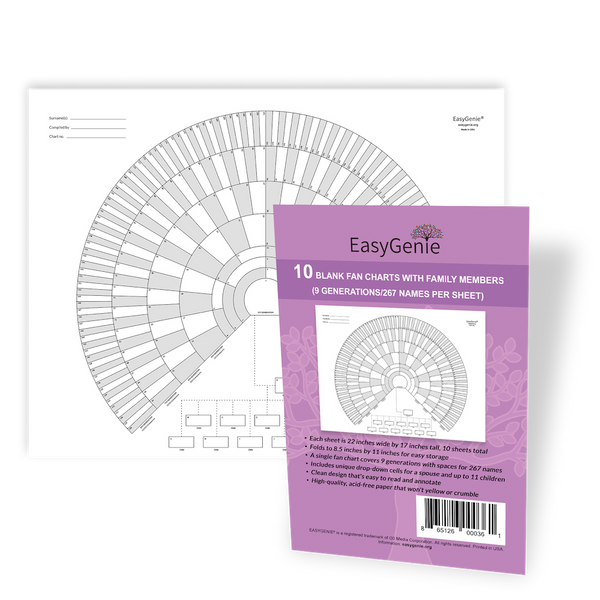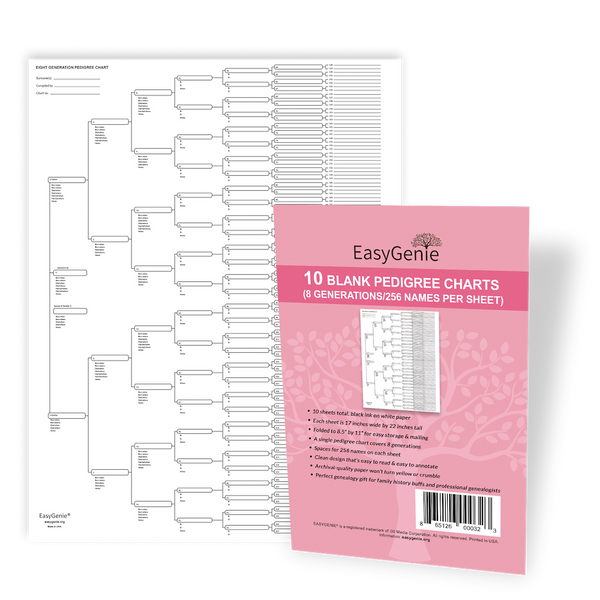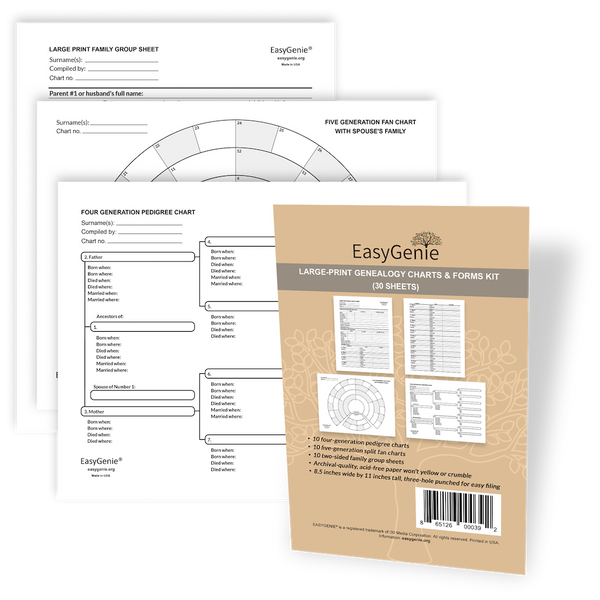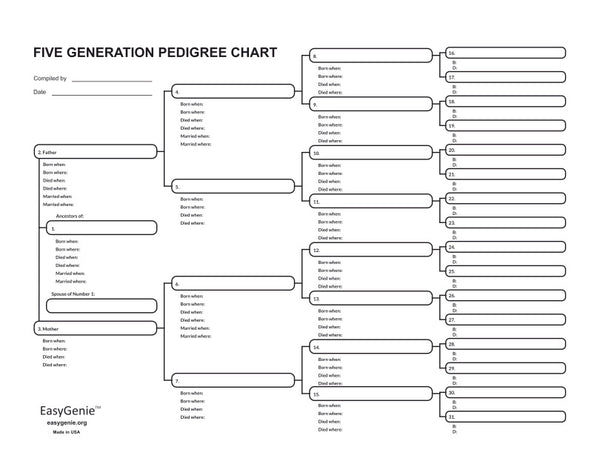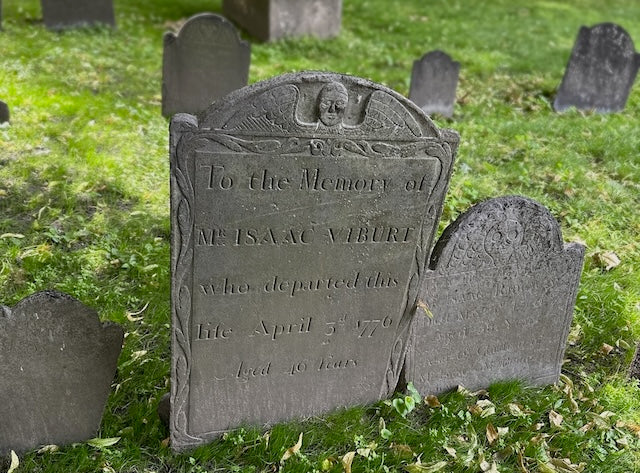
The stones are different: a 1600s graveyard in Boston
Ian LamontNicole and I recently visited one of the oldest Colonial-era cemeteries in the United States, the Granary Burying Ground on Tremont Street in Boston (see video). I am going to talk about this remarkable 1600s graveyard located in the heart of the city.

The cemetery was established in 1660, in a corner of Boston Common. Later, it was named after a nearby granary. The cemetery was closed to burials in the 1880s, and is now maintained by the City of Boston.
Granary Burying Ground served as a replacement for an even older graveyard just down the street, King’s Chapel Burying Ground (1630), which was nearing capacity by 1660. The Massachusetts Bay Colony was over 30 years old at that point and mostly self-governing, although that would shortly change with the restoration of Charles II to the English throne that same year.
Amazingly, almost all of the stones are still legible. It turns out that a slate marker from the 1670s is far more durable than a marble headstone carved 200 years later. On most of the graves, it’s easy to read names, dates, and other inscriptions.

Many gravestones feature haunting iconography: Roman-style urns, winged faces, and the “death’s head” symbol:

Found almost exclusively in Colonial-era graveyards in New England, the symbols reflect “early Puritans’ grim attitude toward human mortality, emphasizing impending, unavoidable death, and the subsequent decay of the physical body.” According to city historians:
“Boston-based Puritans did not advocate using religious symbols, such as cherubs, Christ figures, or crosses in their meetinghouses, on church silver, or on their gravestones. Puritans were adamantly against attributing human form to spiritual beings such as God, angels, or spirits.”
There are many patriots buried here, from co-signers of the Declaration of Independence to victims of the Boston Massacre. They include Samuel Adams, John Hancock, Paul Revere, and James Otis.

The giant obelisk at the center? It’s not the marker for Revere or Adams. It’s for the parents of Benjamin Franklin, Josiah Franklin and Abiah Folger (while Ben Franklin is long associated with Philadelphia, he actually grew up in Boston). The obelisk looks out of place, and was erected in 1827, many decades after their deaths.

Walking amongst the stones, the graveyard is solemn and dark. Some claim it’s haunted. With the exception of a few monuments to famous people or families, the stones are mostly grey or black slate. Newer buildings including the Boston Atheneum and Suffolk University tower over it, and shade trees block out most direct sunlight. But it’s also very peaceful, and a reminder of another age.
If you visit Boston, the Granary Burying Ground is located on Tremont Street on the Freedom Trail and is open most days from 9 am to 4 pm.

